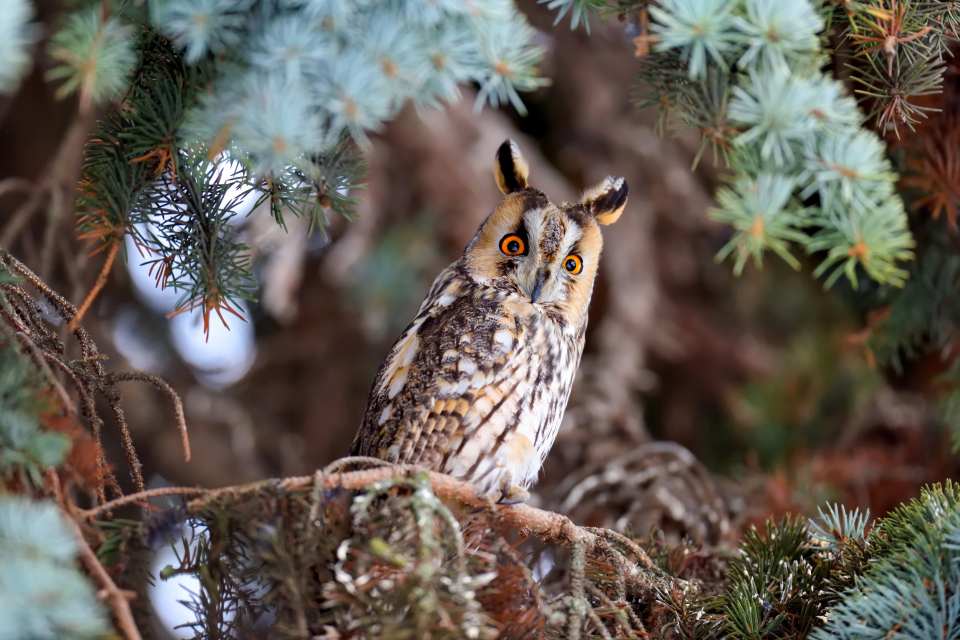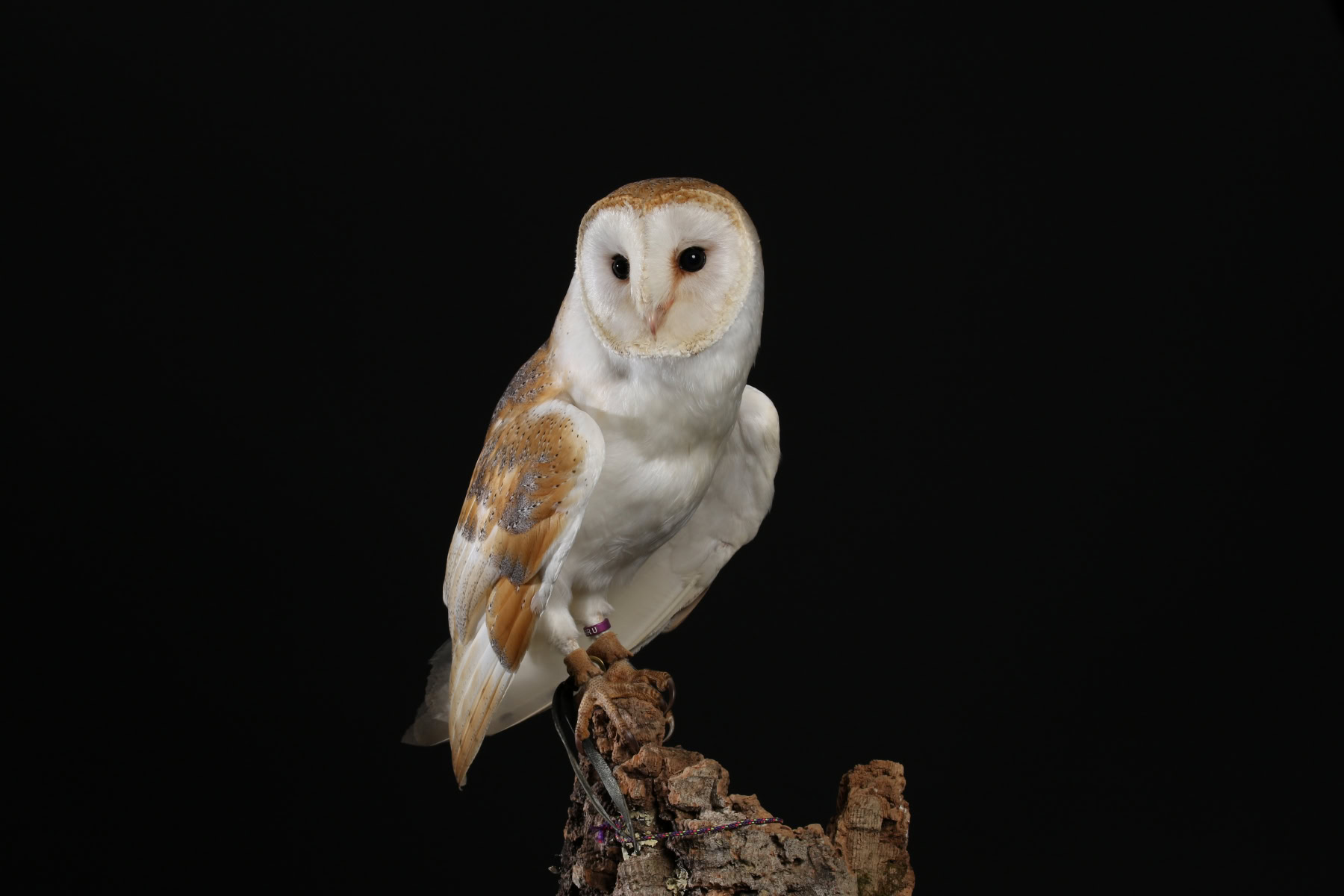Species Information: Barn Owl (Tyto alba)
Family: Tytonidae
APPEARANCE
The male and female Barn Owls look similar in appearance. They have a heart-shaped face with grey-brown wings. Males are generally lighter in color than females, including on their underparts, which are often pure white. Females typically have darker feathers, with dark-brown feathers forming a facial disc, small black spots on their chests, and dark bars on their tails.
Diet
Their diet consists primarily of rodents such as voles, mice & shrews. But they will also eat spiders, earthworms, snails, small birds, and even fish. They are efficient hunters, able to pinpoint prey with their acute long-range eyesight and sensitive hearing. They then use their silent flight and long legs to snatch prey even in long grass.
HABITAT
They can be found across a range of habitats except uplands and urban locations. They are also found in rural areas, particularly where there is open pastoral land for them to hunt.
Resident
Regionally Extinct
Ad Space
Behavior
Barn Owls have a screeching call. So much so that they are colloquially known as Demon Owls in some regions.
Barn Owls nest in the hollows of trees, rocky ledges, as well as in old barns and buildings. They don’t build a nest, they use natural hollows so that eggs don’t roll away. This often includes the previous year’s nest site. They have up to 2 broods each year, with the first clutches being laid in May, though it can be as early as March based on food availability. Each clutch consists of up to 6 eggs, which are incubated for 32 days by the female. Once hatched, the nestlings take roughly 2 months to be fully fledged.2

Biometrics3
| Wing Length | 280-304 mm |
| Body Weight | 187-700 grams |
| Longevity | 4 Years |
NATURAL PREDATORS
Goshawks and Common Buzzards are the key predators of Barn Owls.
Conservation Status
Barn Owl populations went into a steep decline in the 1950s and 60s, attributed to a loss of habitat and the extensive use of toxic chemicals in the agricultural industry. Further population declines were attributed to habitat loss right up to 1995, leading them to be UK Amber-listed as a threatened species. Since then, populations have increased, mainly due to the erection of nest boxes, leading to a reclassification of the species to green-listed.
U.K.
Conservation Status

Global
Conservation Status

Ad Space
Related Articles






CITATIONS
- By Jonathan Hornung – Map (2024-06-09 update) from File:A large blank world map with oceans marked in blue.PNG. Based on information and map from Barn owls: Predator-prey relationships and conservation, by Iain Taylor (pages 11-13) ISBN 978-0-521-54587-7; improved detail from European Breeding Bird Atlas 2 (pages 410-411) Lynx Edicions ISBN 978-84-16728-38-1, IUCN page, and local updates (including admission to the Swedish Rarities List following extinction as a breeding bird). Taxonomy updated to IOC 7.2., Public Domain. [Accessed 06/10/2025] ↩︎
- Edward C. Beedy and Edward R. Pandolfino (2013) ‘BARN OWL: Family Tytonidae’, in Birds of the Sierra Nevada. 1st edn. University of California Press, pp. 162-.. [Accessed 08/03/2025] ↩︎
- Featherbase [Accessed 08/03/2025] ↩︎









